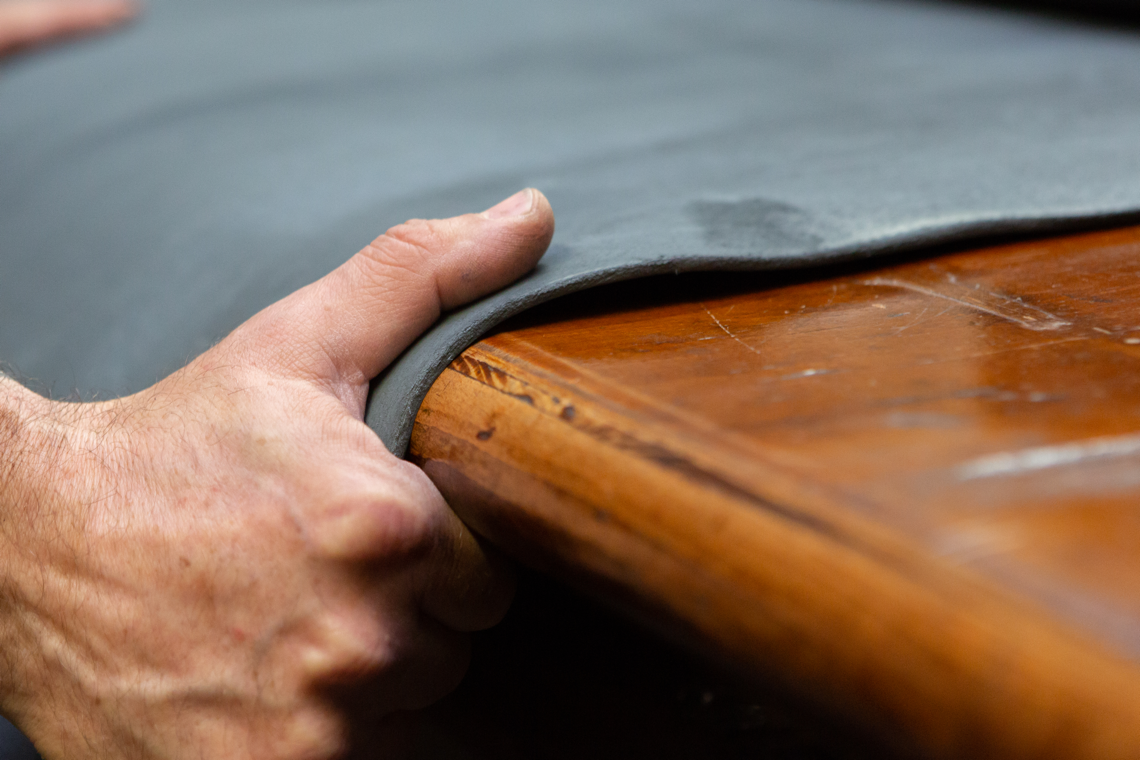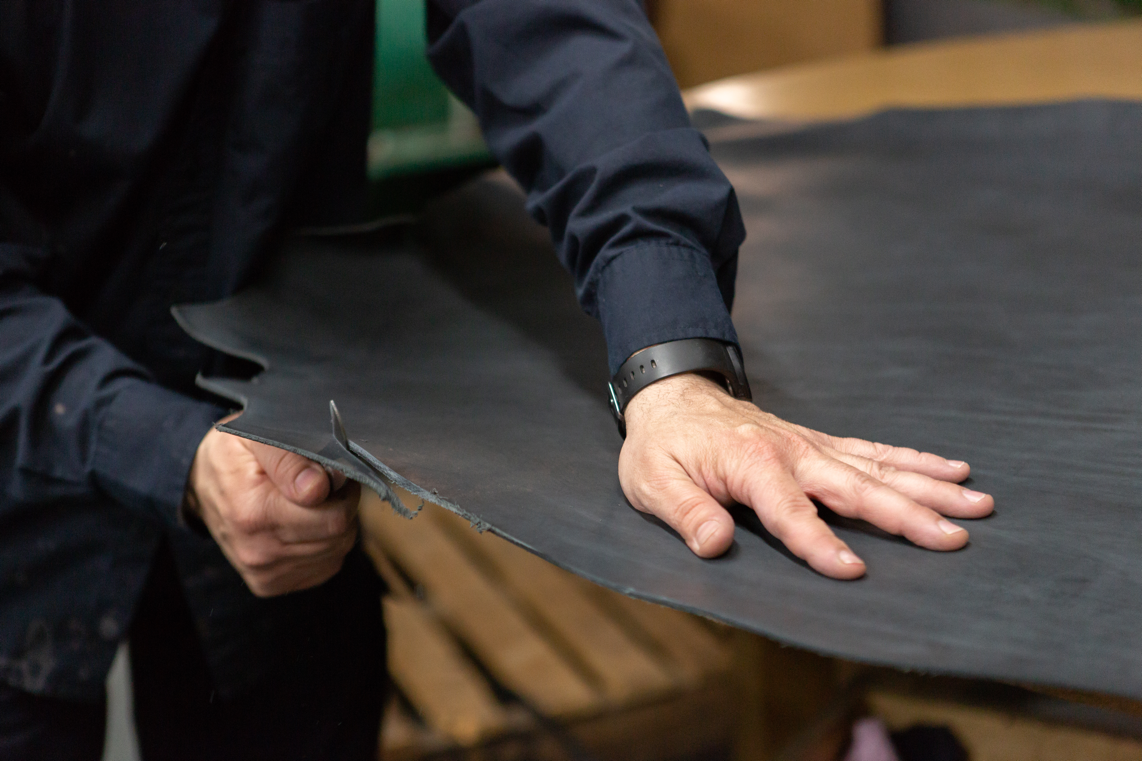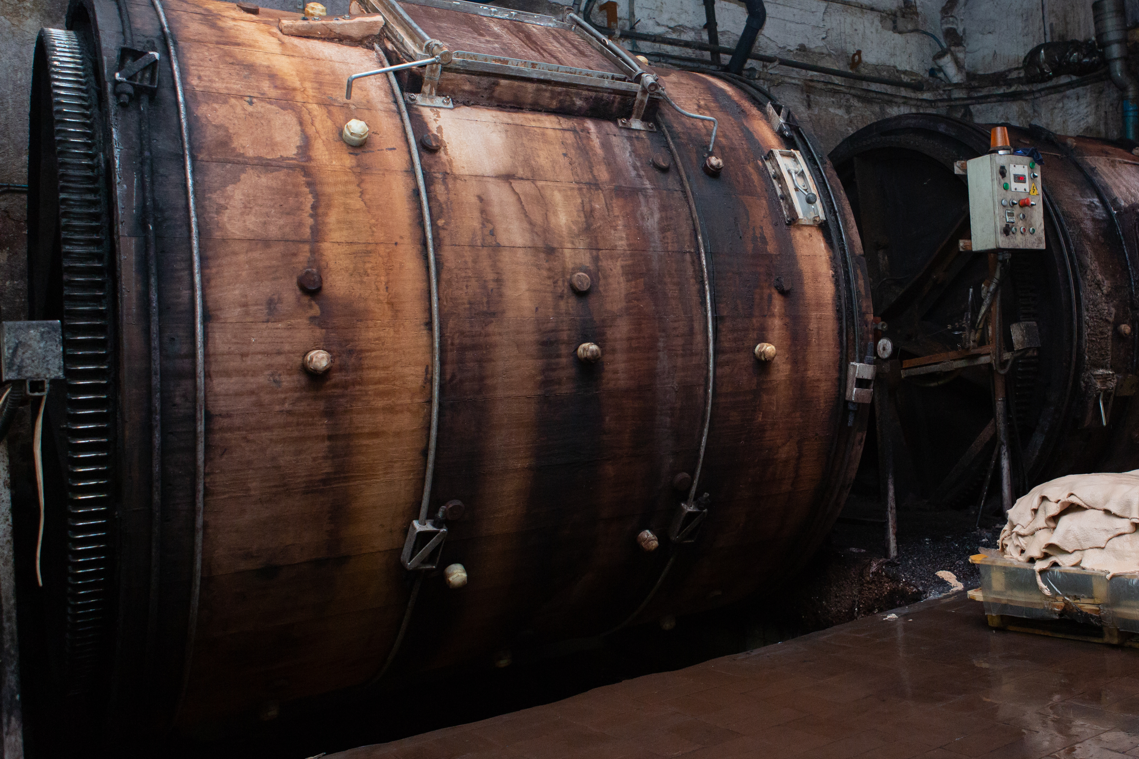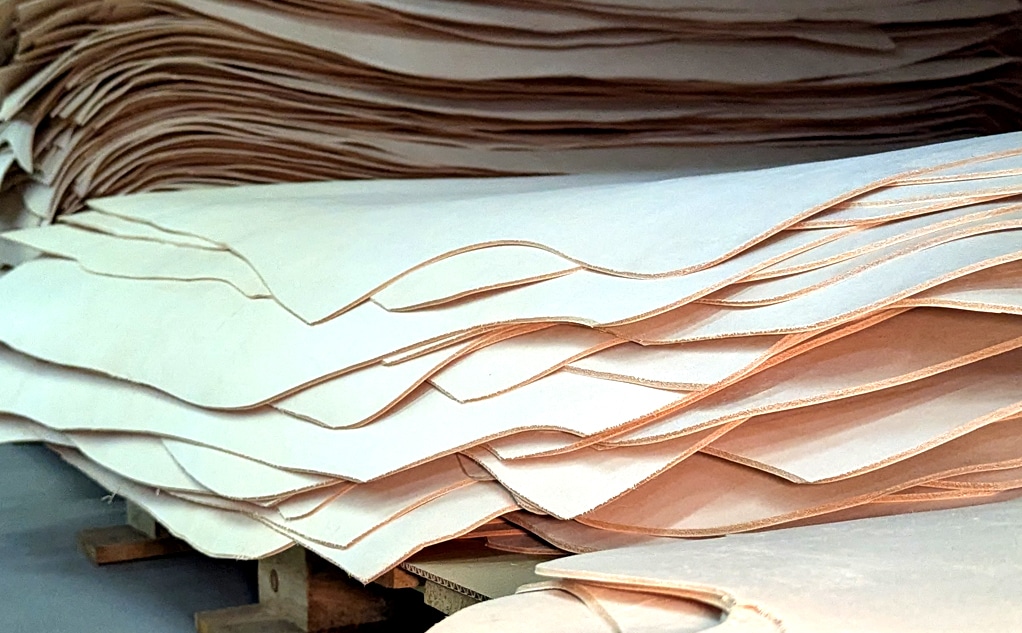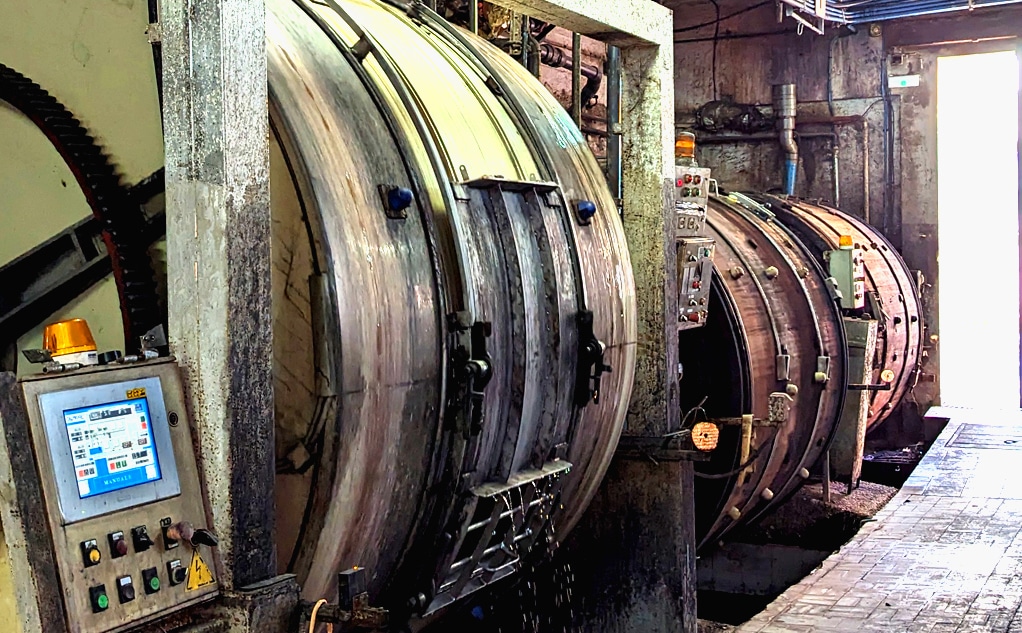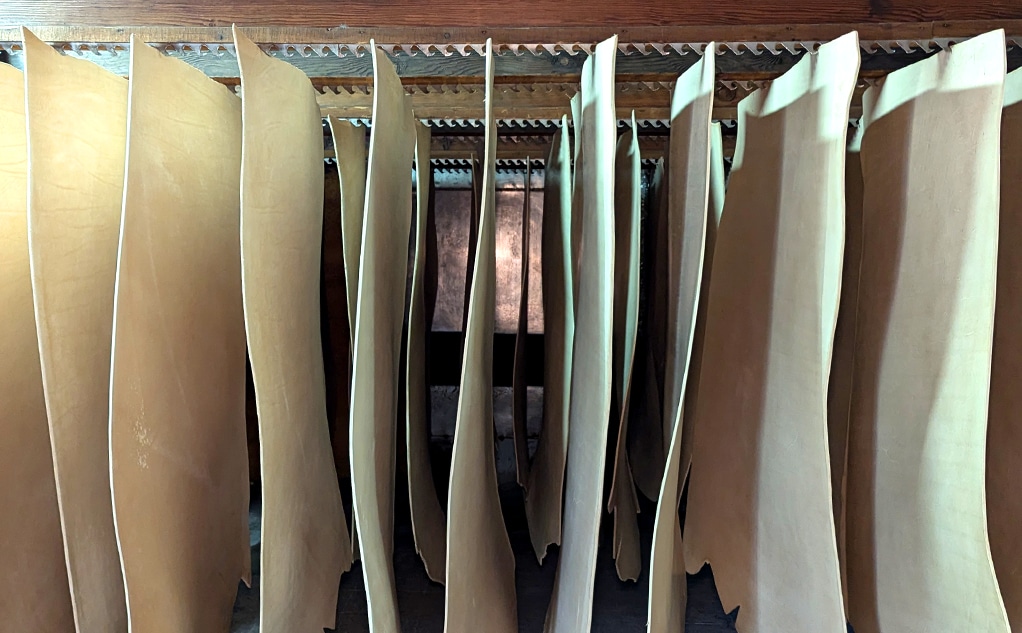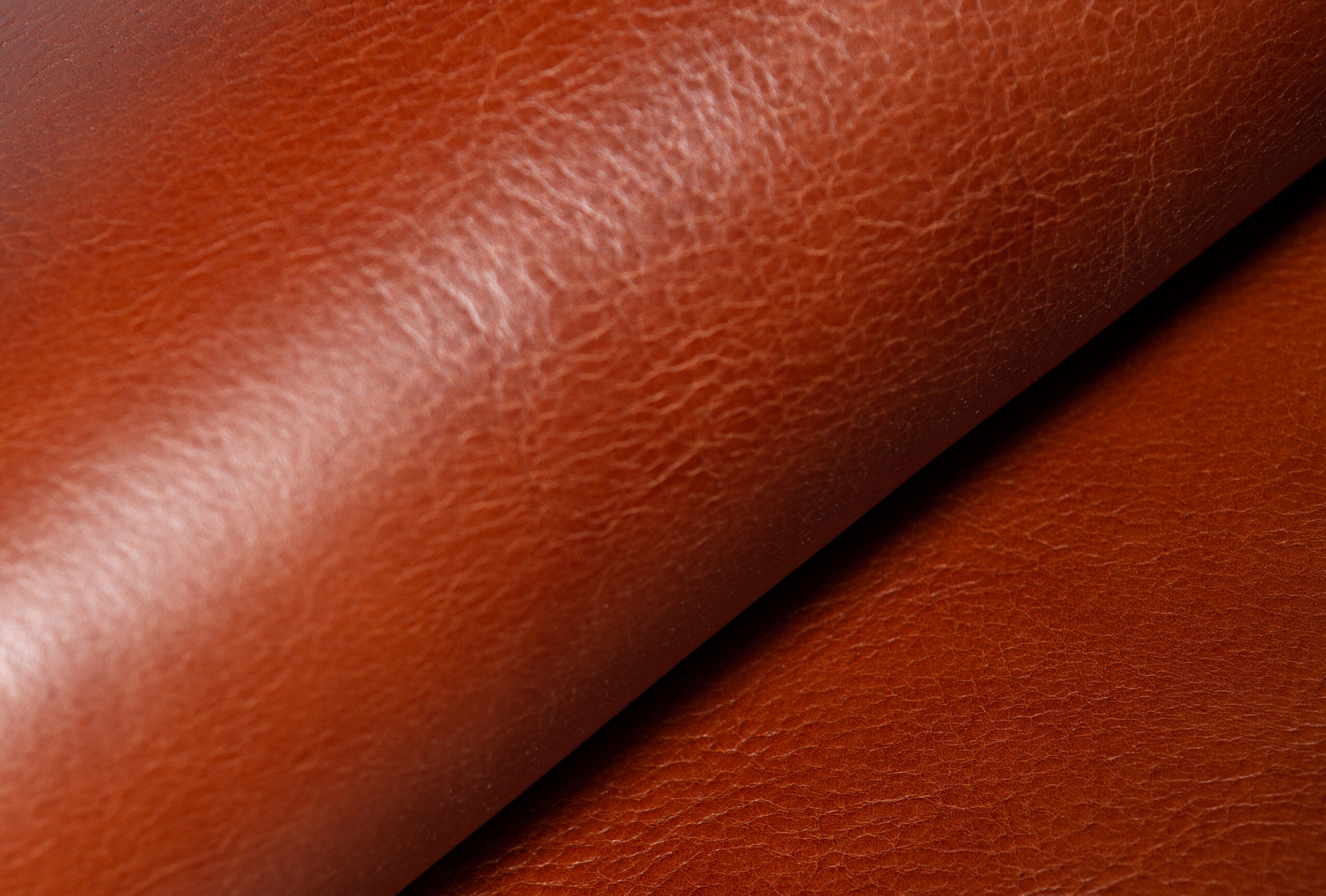
Ecology
Are animals killed for leather?
23 / 05 / 2022
Content published by: Leather Naturally
Are animals killed for leather? The answer is simple: no, hides come from animals raised for food. This accounts for 99% of the world’s leather.
Leather is a natural by-product
The main sources of animal hides are cattle – 69%; sheep – 13%; goats – 11%, and pigs – 6%. Their skins are a valuable global resource and, thanks to tanners’ and manufacturers’ skills and knowledge, they ensure this versatile material does not end up in landfill. Current estimates put this at a saving of 7.3 million tonnes for cattle hides alone and around 10 million tonnes in total per year. That is a lot of potential waste being transformed into a versatile, usable material.
Leather is versatile
Leather manufacturers upcycle this raw material and exploit its tremendous versatility. Depending on the source of the hide or skin and finish used, they can create sumptuous-yet-tough footwear, handbags and clothing, and durable-yet-comfortable car and aviation seating and furniture. Leather can be made hard enough for the sole of shoes or soft enough for the finest gloves.
Leather is long lived
The leather from one animal can provide many years’ worth of practical applications and pleasure. Well cared for with oils, creams and pigments products, repaired and reused, leather items will last for decades. Think of all the vintage leather jackets, shoes and bags; libraries lined with ancient leather-bound books, and hardwearing saddles and bridles used by generations.
Leather is Biodegradable
Leather is biodegradable; it decomposes on the environment in 25 to 45 years. Plastics take hundreds of years to biodegrade and produce microplastics that are damaging to the environment.
Leather is sustainable
Sustainability is one of leather’s really strong suits. Not only does the leather industry upcycle raw materials from the food industry, not only is it a renewable and recyclable resource, but its full lifecycle has a low carbon and water footprint.
Leather supports local economies
Its manufacture helps support economies across the world where tanning and associated industries are vital elements in creating livelihoods that help to pull millions of people out of poverty.
Leather is responsibly governed
Nearly every country in the world makes leather and the vast majority do so in a transparent, responsible manner. The chemical used in leather production are highly regulated. The Leather Working Group (LWG) is a global organization that has developed an environmental audit standard to help everyone understand how their leather was made.
Leather Naturally speaks for the responsibly produced leather around the world in that its processes are highly regulated, governance is enforced and inspected, and standards have been striven for, achieved – and maintained.
For more information read the FAQ on The Sustainability of Leather
You can read the original content HERE.



